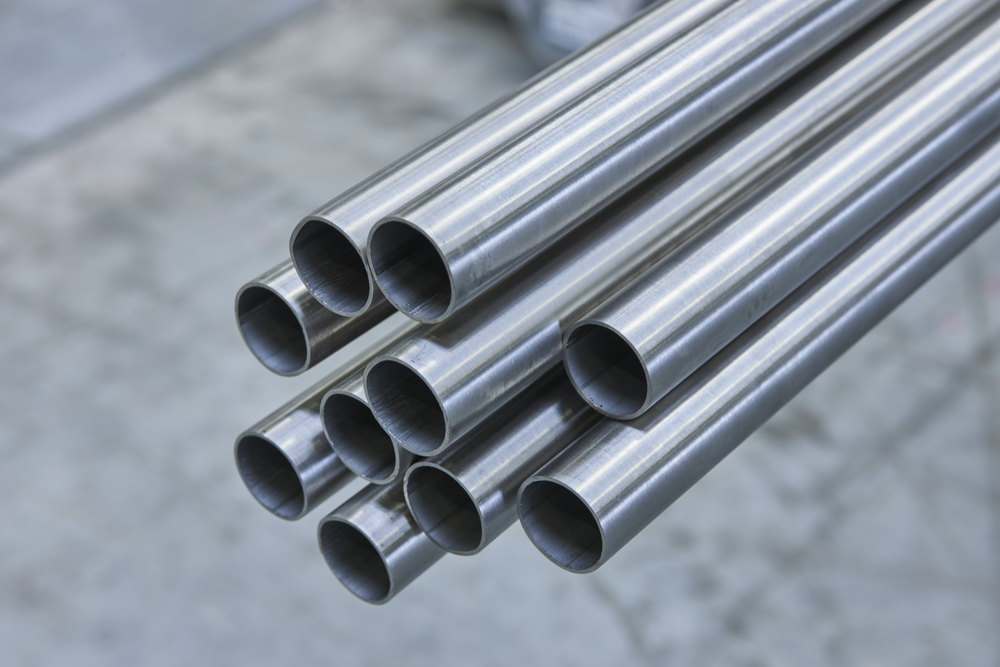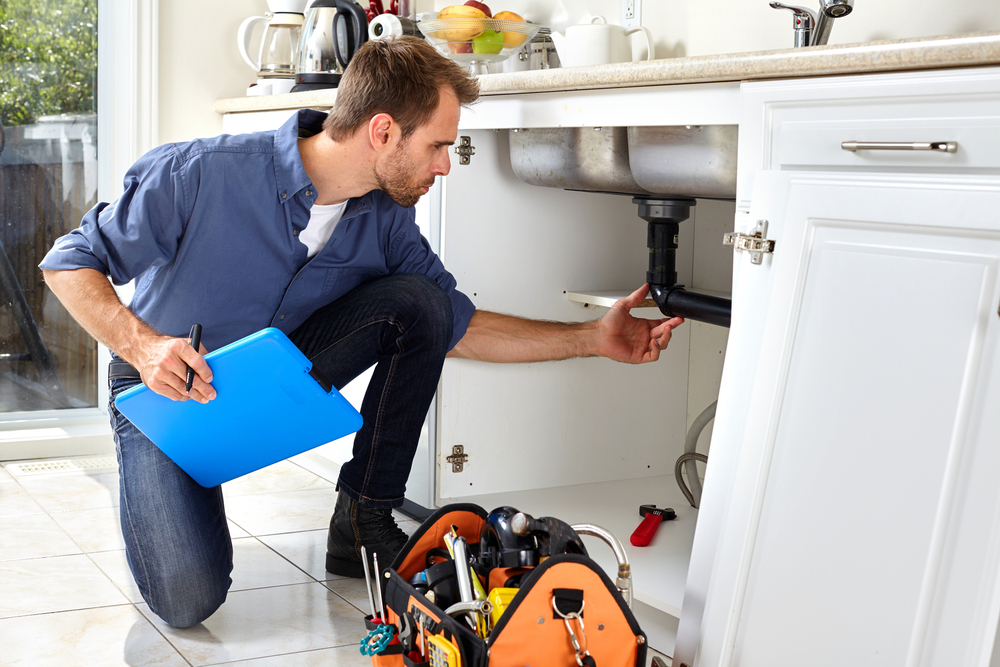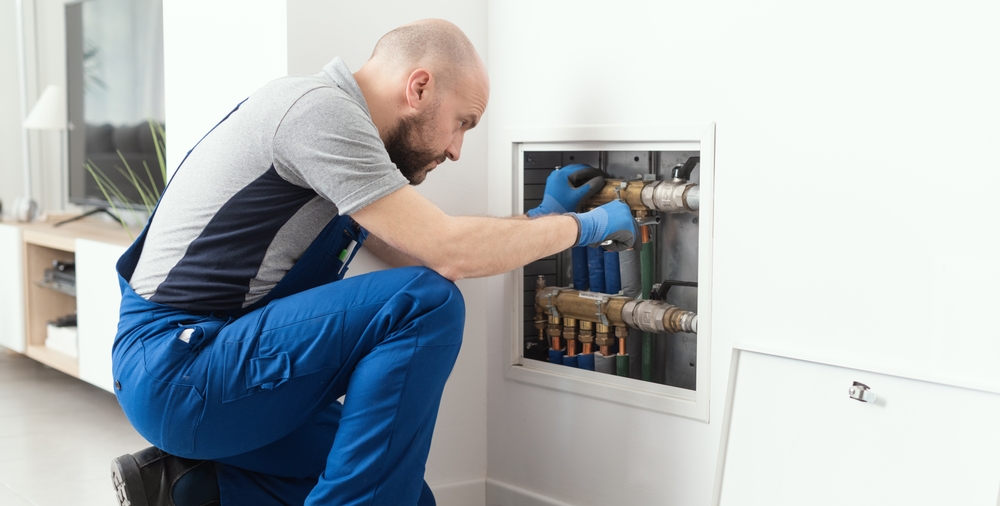Unassuming heroes of modern life are plumbing systems. From guaranteeing garbage is securely taken away to supplying clean water, they are absolutely essential in our daily lives. Plumbing systems have changed greatly throughout ages. From simple channels in prehistoric societies, what started out as basic infrastructure has evolved into complex networks meeting the several needs of contemporary homes.
This page seeks to inform readers on the several modern types of plumbing systems on offer. Knowing these systems enables homeowners to make wise judgments that guarantees dependability and efficiency of their plumbing system.
Overview of Plumbing Systems and Their Components
Understanding the fundamental elements of any plumbing system is absolutely essential before exploring the particular varieties of systems. A well-made plumbing system comprises of valves, pipes, and fixtures. Every element is essential to guarantee garbage is effectively disposed of and water is given where necessary.
- Pipes: Of any plumbing system, pipes are the arteries. From the main supply, they transport water to several points of access within a structure. The endurance and performance of the system depend on the pipe material chosen—such as PEX, copper, or PVC.
- Fixtures: Fixtures in a plumbing system are the outside components like sinks, toilets, and faucets. They let consumers easily obtain water and properly dispose of trash. The utility and appearance of a house can be much improved by quality fixtures.
- Valves: Water flow inside the plumbing system is managed via valves. They let homeowners turn off water to particular regions for repairs or in case of emergency. Managing water pressure and stopping leaks depend on correctly fitted valves.

Importance of Quality Materials and Installation
The quality of the materials used and the accuracy of the installation technique determine mostly the lifetime and efficiency of a plumbing system. While incorrect installation could cause leaks, water damage, and lower system performance, poor-quality materials might result in regular repairs. Hiring seasoned plumbers and making excellent component investments guarantees a plumbing system that will last a lifetime.
Traditional or Conventional Plumbing Systems
Structure and Functionality
Particularly in older houses, the conventional or traditional plumbing system is one of the most often used ones. This system runs on a basic network of pipes that move garbage to the sewer and supply water to different fixtures. Usually, one main water supply line takes water into the house and then uses branch lines to distribute it to various places.
Water Supply and Waste Drainage
Typically found in a conventional plumbing system, water supply pipes are either copper or galvanized steel. These pipes feed toilets, showers, and sinks—among other fixtures—cold and hot water. Wastewater is moved to the main sewer line or a septic tank via a system of pipes handling waste drainage.
Advantages
Simplicity of a conventional plumbing system is one of its key benefits. Installation and repair of the simple design are really uncomplicated. Furthermore, since this is a quite popular system, it is usually easy to locate new components and knowledgeable plumbers experienced with this configuration.
Disadvantages
Traditional plumbing has certain disadvantages even if it is rather common. Particularly in bigger houses, the design of the system might cause varying water pressure. Using several fixtures at once can create pressure reductions since all fixtures depend on the same water supply line. Higher utility costs could also result from traditional systems possibly being less energy-efficient than more contemporary plumbing configurations.
Two-Pipe Plumbing System
Structure and Purpose
Separating hot and cold water lines, the two-pipe system is a more evolved plumbing arrangement. At every fixture, this design lets one have more exact control over water pressure and temperature. Under this method, one pipe distributes hot water from the water heater while another conveys cold water from the main supply.
Benefits of the Two-Pipe System
The two-pipe system mostly benefits from improved energy efficiency. Separate pipelines for hot and cold water helps the system lower heat loss and guarantees that hot water reaches fixtures faster. Larger homes or households with heavy water consumption would find this arrangement perfect as it also reduces the possibility of temperature changes while several fixtures are running.
Enhanced water pressure control is still another benefit. The hot and cold water lines flow separately, hence even with several fixtures operating concurrently the pressure is constant. This produces an efficient and comfortable water use experience.
Potential Drawbacks
Though the two-pipe method has many advantages, it is not without restrictions. Comparatively to a conventional system, the installation of a two-pipe system can be more difficult and expensive. Extra pipes and meticulous design might drive labor and material expenses higher. Retrofitting a two-pipe system may also call for major changes to the current plumbing system in older properties.

Single-Pipe Plumbing System
Structure and How It Differs from the Two-Pipe System
Comparatively to the two-pipe system, the single-pipe system offers a more straightforward plumbing design. From this arrangement, the fixtures get hot and cold water from one pipe. Usually, this is accomplished by running hot and cold water mixed inside the pipe before it reaches the fixture.
Advantages of the Single-Pipe System
The simplicity and economy of cost of the single-pipe system are among its key benefits. Each fixture takes just one pipe to deliver water, hence the installation process is faster and calls less materials. Lower starting costs and a more simplified installation technique follow from this.
Smaller homes or buildings with limited plumbing infrastructure will find the single-pipe system perfect since it also consumes less space. Besides, the simplicity of the design facilitates maintenance and repairs.
Limitations
The single-pipe system has limits, though. The most major disadvantage is the possibility of temperature swings, particularly in cases of several fixtures used. The system may struggle to keep constant temperatures since hot and cold water are mixed in the same pipe, which may provide uncomfortable sensations during showers or while using other fixtures.
The lack of energy efficiency adds still another constraint. Particularly over long distances, the single-pipe design can cause additional heat loss when hot water passes through the pipe. Over time, this might cause more energy use and rising power bills.
Manifold Plumbing System
Structure and Functionality
Modern plumbing design using a manifold system centers water delivery. Under this arrangement, a manifold—a central distribution point—manages hot and cold water flow to several fixtures all over the structure. Every fixture has a dedicated line attached to the manifold that lets you exactly manage water distribution.
Benefits of the Manifold System
The fact that the manifold system can give every fixture constant water pressure and temperature is among its most important advantages. Every fixture has a dedicated line, hence when several are used, there is no chance of temperature changes or pressure loss. This produces an experience with water use that is more pleasant and effective.
Furthermore convenient maintenance and repair are provided by the manifold system. Every line runs separately, thus homeowners can cut off water to a particular fixture without compromising the rest of the system. This facilitates maintenance or repairs without interfering with water supply to the whole house.
Water saving is another benefit. More effective water distribution made possible by the manifold system helps to minimize waste and maybe cut water expenditures. Further improving the system’s efficiency is the capacity to monitor and repair leaks by adjusting water flow at the manifold.

Potential Drawbacks
The manifold system has certain possible disadvantages even if it has several benefits. Comparatively to conventional or single-pipe systems, the installation process may be more time-consuming and complicated. Although a manifold and several dedicated lines are more costly initially, they can help to lower material and labor expenses.
Furthermore, to guarantee best performance the manifold system calls for thorough design and planning. Inappropriate design or installation can cause problems with general system efficiency, temperature management, and water pressure.
Home Run Plumbing System
Structure and How It Differs from Other Plumbing Systems
Designed for optimal efficiency and simplicity, the home run system is a variation on the manifold system. Like the manifold system, in this arrangement every fixture in the house is coupled straight to a central manifold via a dedicated line. These lines, however, run continuous from the manifold to the fixture in the home run system, guaranteeing a direct and effective water supply.
Advantages of the Home Run System
Modern homes increasingly choose the home run system because of its various benefits. The key advantages are the ability to give every fixture constant water pressure and temperature. Multiple installations run no risk of pressure dips or temperature changes since every line flows straight from the manifold to the fixture.
The simplicity of repair and maintenance adds still another benefit. The home run system lets homeowners turn off water to a particular fixture without compromising the rest of the system, same like the manifold system. This facilitates maintenance or repairs without interfering with water supply to the whole house.
In terms of water and energy consumption as well, the home run system is quite effective. By cutting the distance water must travel, the direct lines minimize heat loss and shorten the time hot water takes to reach the fixtures. Over time, this might lead to declining energy use and utility expenditures.
Potential Drawbacks
The home run system has certain possible negatives even if it provides many advantages. Especially in bigger homes, the installation process may be more complicated and time-consuming than with conventional plumbing systems. This is a more costly upfront choice since the necessity for several dedicated lines and careful planning might raise material and labor expenses.
Furthermore, the home run system calls for more room for the manifold and the dedicated lines—which might not be possible in smaller houses or buildings with constrained plumbing infrastructure.
Comparison of Different Plumbing Systems
When choosing among the several kinds of plumbing systems, one should take into account the particular requirements and tastes of the house or structure.
- Traditional or Conventional Plumbing System: Best suited for smaller residences or older structures where simplicity and cost-effectiveness are main concerns is a traditional or conventional plumbing system. Larger residences may present challenges for it to keep constant water pressure and temperature, though.
- Two-Pipe System: Perfect for bigger houses or businesses with heavy water consumption is a two-pipe system. Better water pressure control and energy economy come from the separate hot and cold water lines. The installation process, nevertheless, might be more expensive and difficult.
- Single-Pipe System: For smaller homes or businesses, a reasonably priced and space-efficient choice is a single-pipes system. Larger residences or households with heavy water demand may find it less appropriate, though, as it may find it difficult to keep consistent water temperature and pressure.
- Manifold System: Modern, effective plumbing design with continuous water pressure and temperature, simple maintenance, and water conservation—manifold system Still, the installation process might be more costly and complicated, which makes this more expensive initially.
- Home Run System: Consistent water pressure and temperature, simple maintenance, and low energy consumption make the very effective and handy plumbing design home run systems provide. Smaller residences or structures with restricted plumbing infrastructure would find it less appropriate, though, as the manifold and specialized lines call for more space.
Conclusion
A functioning and effective home depends on the proper plumbing system being chosen. Every kind of plumbing system has certain benefits and drawbacks, hence it is crucial to take particular demands and preferences of the house or building into account. Two-pipe, manifold, and home run systems give increased efficiency, water pressure management, and simplicity of maintenance while conventional and single-pipe systems offer simplicity and cost-effectiveness.
Choosing and installing the suitable plumbing system for your house or business ultimately depends on seeing a professional plumber. Their knowledge will help you to make sure your plumbing system satisfies your requirements and offers consistent operation for many years to come.
Plumbing Services CA
https://maps.app.goo.gl/31Yt4rhDrainzNJ4A
(279) 203-0765
https://plumbingservicesca.com/
